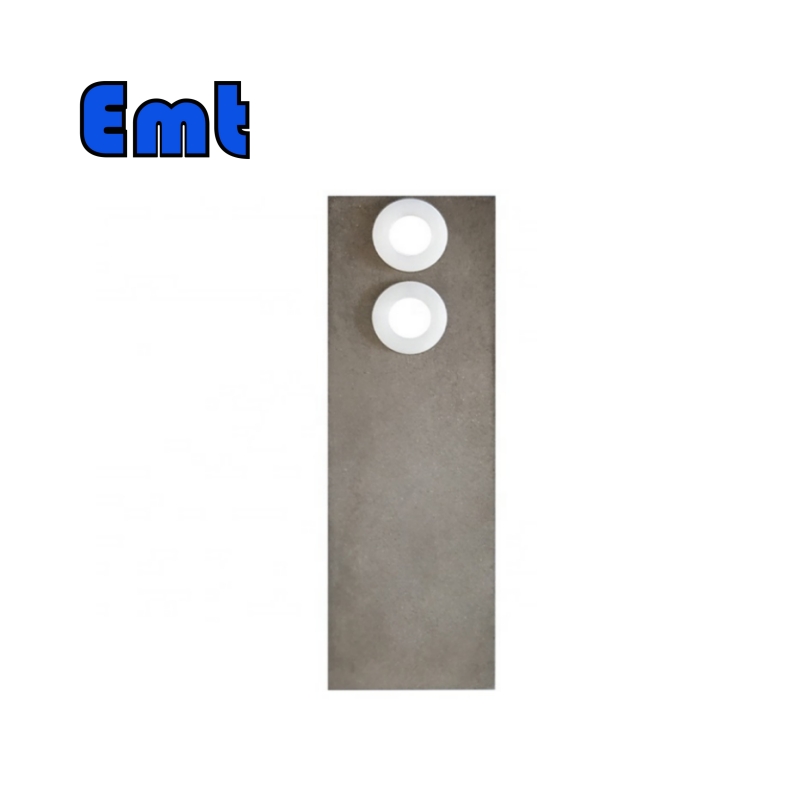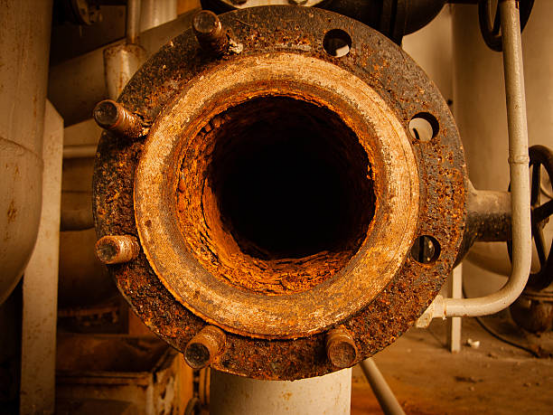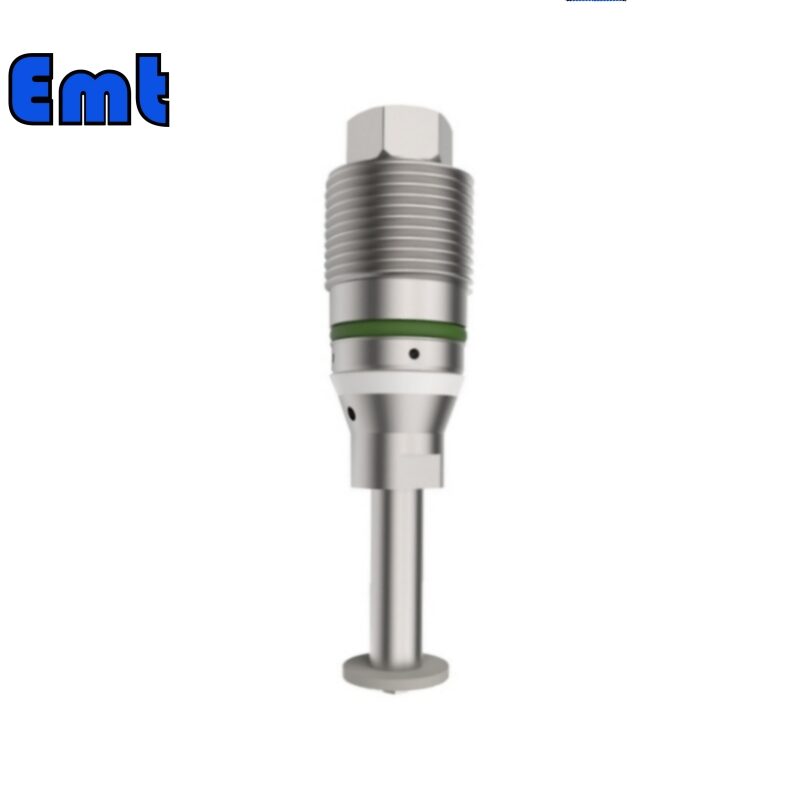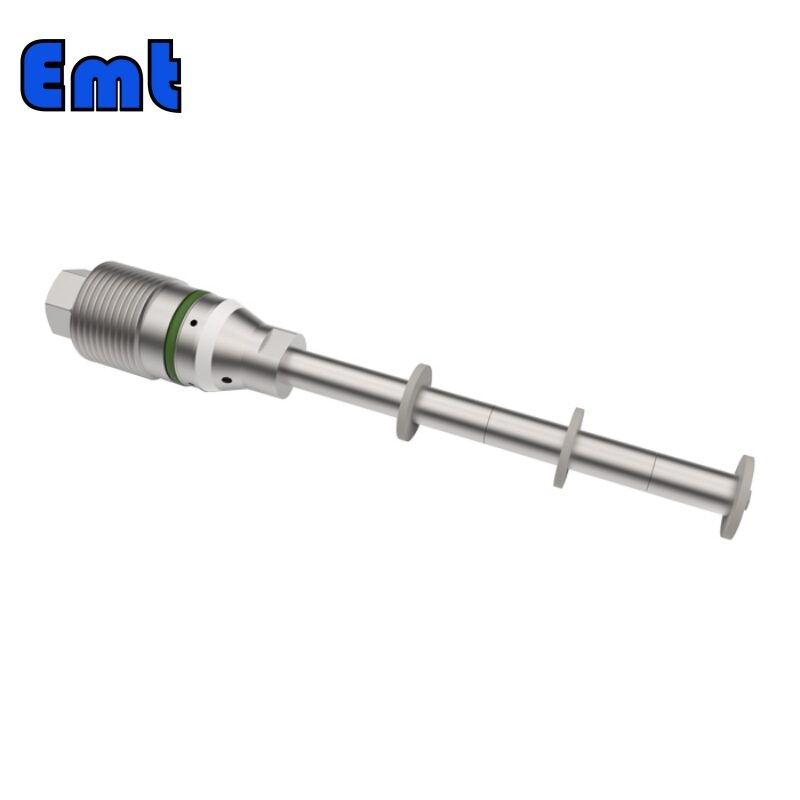Description
How to Calculate Corrosion Rate from Weight Loss Coupons
Calculating the corrosion rate from weight loss coupons involves a series of steps to accurately measure the amount of material lost due to corrosion over a specified period. Here’s a step-by-step explanation of the process:
First 1: Preparation of the Coupons
- Select Appropriate Coupons:
- Choose corrosion coupons made from the same material as your pipeline or system for accurate results.
- Initial Cleaning:
- Clean the coupons to remove any contaminants that could affect the initial weight. Use an appropriate cleaning method specific to the material of the coupon (e.g., acetone wipe, ultrasonic cleaning).
- Initial Weighing:
- Weigh the cleaned coupons using a precise analytical balance. Record the initial weight (𝑊𝑖) accurately.
Then 2: Exposure
- Placement:
- Place the coupons in the system at specific locations where corrosion rates need to be measured. And ensure they are exposed to the same environmental conditions as the pipeline or equipment.
- Exposure Duration:
- Leave the coupons in place for a predetermined period. The duration depends on the expected corrosion rate and the specific requirements of your monitoring program.
After that 3: Retrieval and Post-Exposure Cleaning
- Retrieve the Coupons:
- Carefully remove the coupons from the system without losing any corrosion products.
- Post-Exposure Cleaning:
- Clean the coupons to remove corrosion products. Use a gentle method that does not remove the base material. Common methods include brushing, chemical cleaning, or ultrasonic cleaning, depending on the type of corrosion products and the material of the coupon.
- Final Weighing:
- After cleaning, dry the coupons thoroughly and weigh them again using the same analytical balance. Record the final weight (𝑊𝑓).
Finally 4: Calculation of Corrosion Rate
- Determine Weight Loss:
- Calculate the weight loss (Δ𝑊) of the coupon using the formula:Δ𝑊=𝑊𝑖−𝑊𝑓
- Calculate the weight loss (Δ𝑊) of the coupon using the formula:
- Surface Area Calculation:
- Measure the total surface area (𝐴) of the coupon exposed to the corrosive environment. If the coupon is a standard shape, use geometric formulas to calculate the area. Otherwise, measure it directly.
- Exposure Time:
- Record the exposure time (𝑇) in hours. Convert the exposure period to hours if it was recorded in days or other units.
- Corrosion Rate Formula:
- Use the corrosion rate formula to calculate the rate of material loss. The most common formula used is:Corrosion Rate (mpy)=(534×Δ𝑊)/(𝐴×𝑇×𝐷)
where:
- Δ𝑊 is the weight loss in milligrams.
- 𝐴 is the surface area in square inches.
- 𝑇 is the exposure time in hours.
- 𝐷 is the density of the coupon material in grams per cubic centimeter (g/cm³).
- The constant 534 is used to convert the units to mils per year (mpy), which is a standard unit for corrosion rate.
- Use the corrosion rate formula to calculate the rate of material loss. The most common formula used is:
Example Calculation
First, let’s say you have a steel coupon with the following data:
- Initial weight (𝑊𝑖) = 50.00 grams
- Final weight (𝑊𝑓) = 49.50 grams
- Surface area (𝐴) = 10 square inches
- Exposure time (𝑇) = 720 hours (30 days)
- Density of steel (𝐷) = 7.85 g/cm³
- Calculate Weight Loss:Δ𝑊=50.00−49.50=0.50 grams=500 milligrams
- Apply the Corrosion Rate Formula:
Corrosion Rate (mpy)= (534×Δ𝑊)/(𝐴×𝑇×𝐷)Corrosion Rate (mpy)= (534×500)/(10×720×7.85)=267000/56520≈4.73 mpy
Thus, the corrosion rate is approximately 4.73 mils per year.
By following these steps, you can accurately calculate the corrosion rate from weight loss coupons, providing valuable data for maintaining the integrity and longevity of your pipeline or system.
 What is a Corrosion Coupon?
What is a Corrosion Coupon?
Corrosion coupons are small, standardized pieces of metal or other materials that measure the rate of corrosion in a corrosive environment. Manufacturers typically make these coupons from the same material as the pipeline or equipment they monitor, ensuring relevant and accurate results. Technicians weigh the corrosion coupons before and after exposure to determine the amount of material lost due to corrosion. They then use this weight loss to calculate the corrosion rate, providing valuable data for assessing the integrity and longevity of the system.
How Corrosion Coupons Work
Placement in the System
To begin with, technicians strategically place corrosion coupons within the system in areas that are most representative of the overall environment or those particularly susceptible to corrosion. They carefully choose these locations to ensure that the data collected reflects the actual conditions of the system. For instance, they might install coupons in pipelines, storage tanks, or other critical components where the coupons will be exposed to the same fluids, gases, or environmental conditions as the infrastructure they monitor. The placement process involves securing the coupons in such a way that they remain stable throughout the exposure period, allowing for accurate and consistent measurements.
Exposure Period
Following the installation, technicians leave the corrosion coupons in place for a predetermined exposure period, which can vary depending on the specific monitoring requirements and the expected rate of corrosion. During this time, the coupons undergo the same operational conditions as the rest of the system, including temperature, pressure, flow rate, and chemical composition. Once the designated time has elapsed, technicians carefully retrieve the coupons for analysis. They clean the coupons to remove any loose corrosion products, followed by precise weighing to determine the amount of material lost.

 Carbon Steel Corrosion Coupons
Carbon Steel Corrosion Coupons 






Reviews
There are no reviews yet.